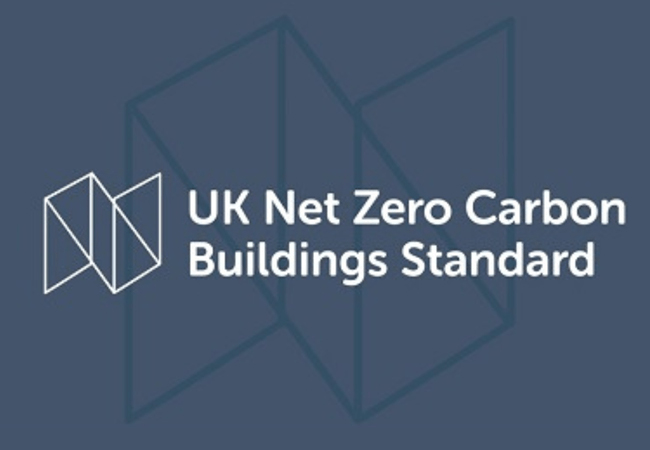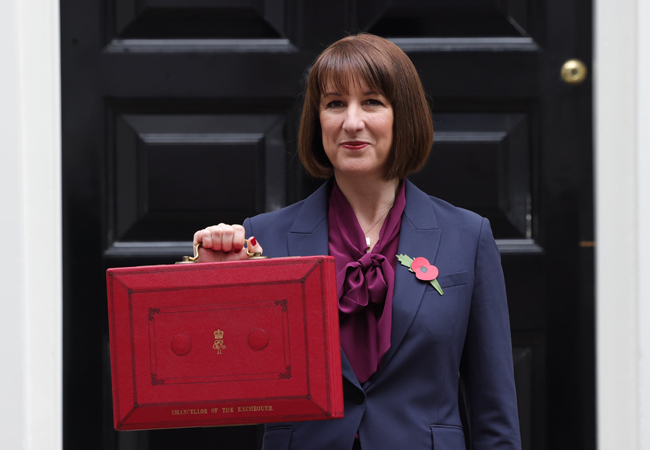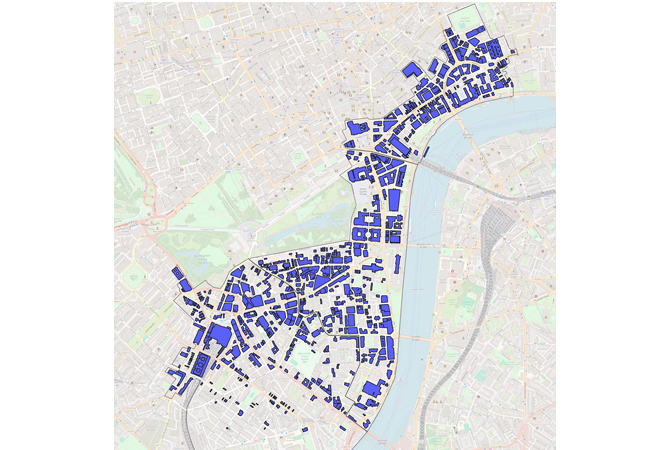
A new technical standard has been launched to ensure that the built environment contributes to the UK’s carbon and energy budgets.
The UK Net Zero Carbon Buildings Standard (NZCBS) is a free-to-access methodology for defining what ‘net zero carbon’ means for buildings in the UK.
A pilot version of NZCBS contains the technical details on how a building should meet the Standard. It includes the limits and targets it needs to meet, the technical evidence needed to demonstrate this, and how it should be reported.
Organisations across construction support the initiative including the BBP, BRE, the Carbon Trust, CIBSE, IStructE, LETI, RIBA, RICS, and UKGBC.
And over 350 experts from across the industry supported the Technical Steering Group during the Standard’s development phase.
The Standard’s mandatory requirements for building performance and construction cover topics such as upfront carbon, operational energy use, avoidance of fossil fuel use on site, renewables and refrigerants.
The pilot version contains technical details on how a building should meet the Standard and the built environment industry is being encouraged to use the pilot version to prepare for the process of verifying buildings as net zero carbon aligned.
Katie Clemence-Jackson, chair of the standard’s technical steering group, said: ‘The Standard has been created not just using industry data on what is achievable, but also cross referencing this with ‘top down’ modelling of what is needed to decarbonise our industry in line with 1.5°C aligned carbon and energy budgets.’
‘It covers all the major building sectors, as well as both new and existing buildings.’
Read about the pilot version at the NZCBS website.




